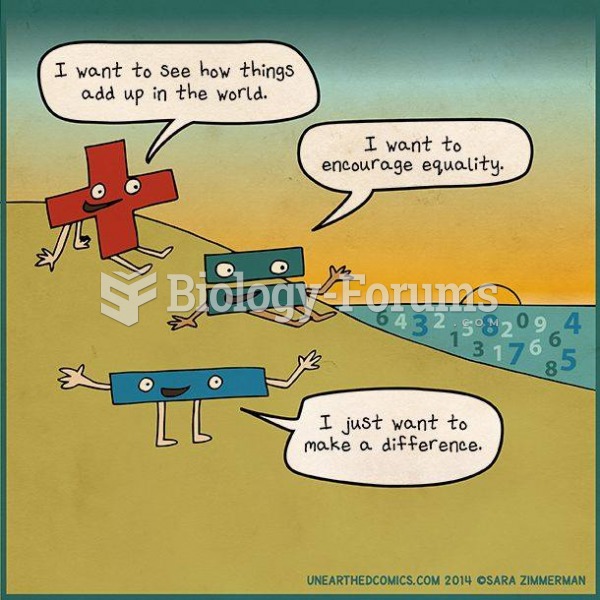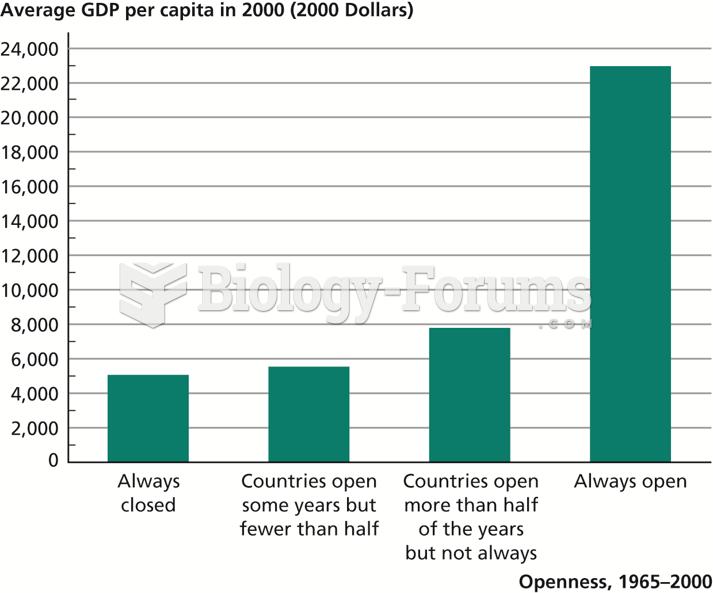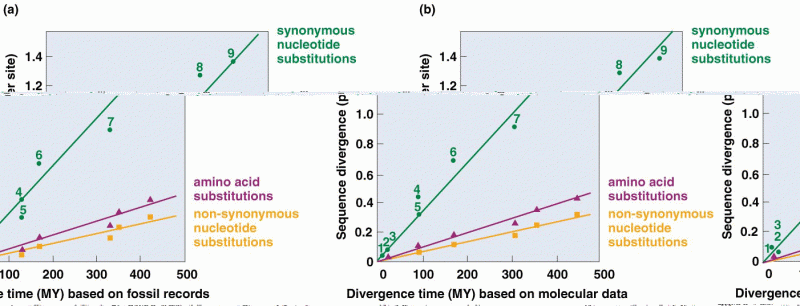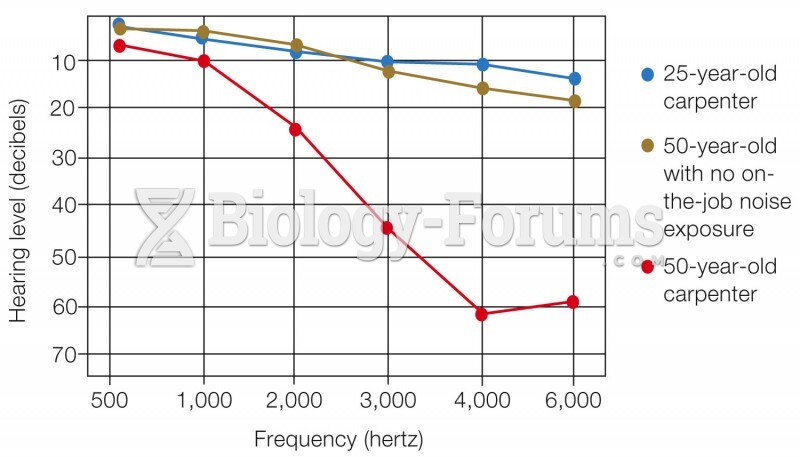Answer to Question 1
One study found that in spite of a steady increase in inflation-adjusted income from 1957 to 2002 in the United States, happiness levels stayed the same. The author of the study reported with irony that now we are twice as rich and no happier. A review of the results of the large number of studies on money and happiness suggests that if a person is living in poverty and his or her basic needs for food, shelter, and safety are not being met, then receiving more money to provide for these basic needs can make an upward difference in happiness levels. However, the hedonic treadmill starts to take effect as income rises above this basic level.
The wealth of the country the person lives in also seems to make a difference. As Diener et al. noted, wealthy people are only somewhat happier than poor people in rich nations, whereas wealthy nations appear much happier than poor ones. So overall, the country's wealth seems to set the conditions that determine how much influence its residents' personal wealth has on happiness. In very poor nations, where poverty threatens life itself, being rich does predict greater well-being. In wealthier nations, however, where almost everyone has a basic safety net, increases in wealth have negligible effects on personal happiness. In the United States, the very poor are lower in happiness, but once a person is just barely comfortable, added money adds little to no happiness.
Answer to Question 2
Extraversion is a consistent trait characteristic associated with happy people. If you are an introvert, should you be worried? Does it mean that your happiness set point propels you toward unhappiness? Surveys consistently show that the majority of all people are happy, and that includes introverts. For example, Larsen and Kasimatis found that both introverted and extraverted students rated themselves above the neutral level in happiness (as defined by pleasant mood) when they reported their daily mood states for a weekwith extraverts reporting a slightly higher level. Thus, though there are many happy introverts, extraversion gives a person a slight advantage toward feeling happy. Why? There are many possibilities, but one common belief among researchers in the field is that extraversion, probably in part influenced by neurological structure, predisposes the extravert toward experiencing positive affect.
Even though extraverts are happier when alone or with others than introverts their positive affect is conducive to building and maintaining quality relationships that, in turn, can lead them to experience even more positive affect.







